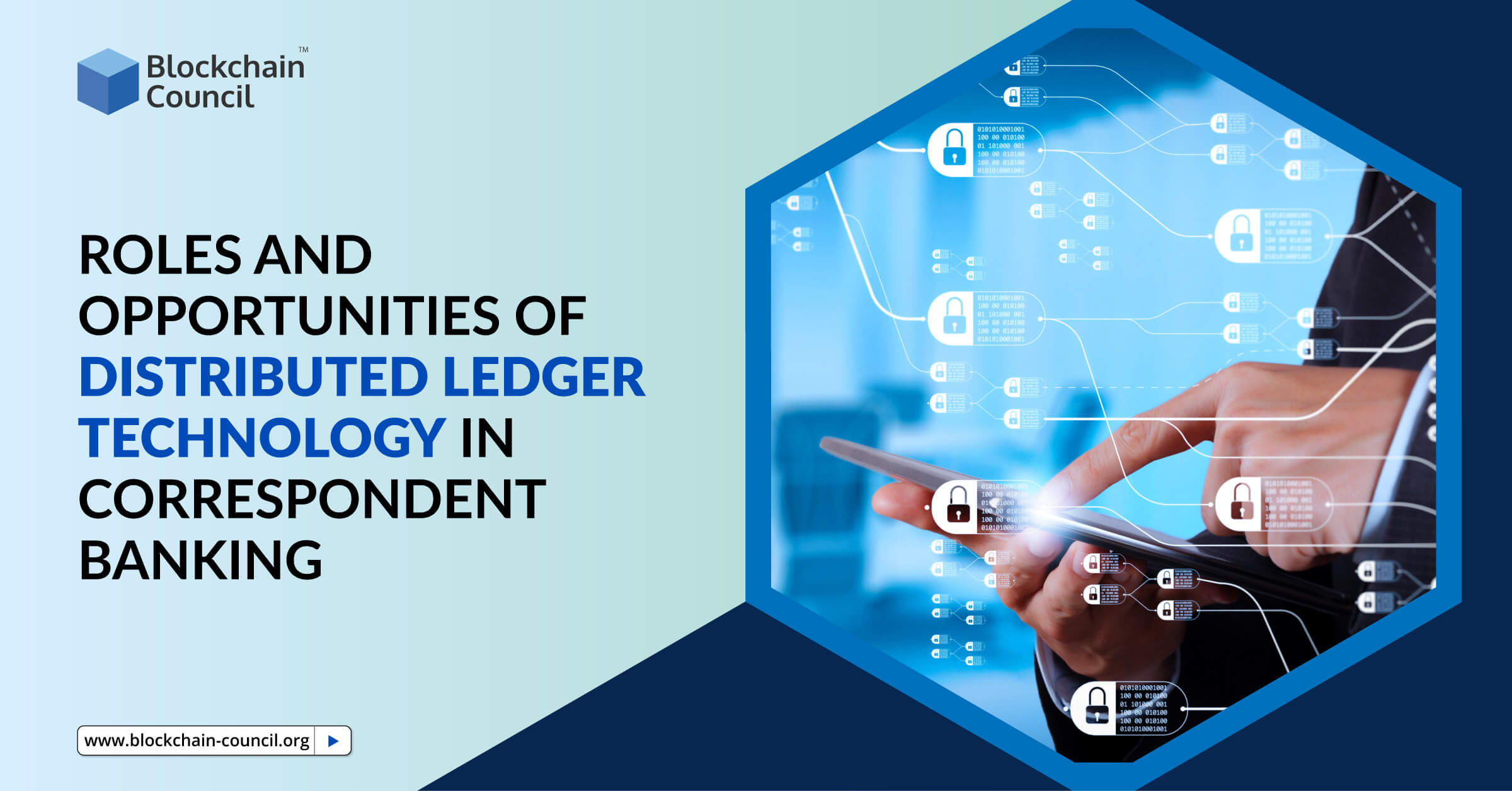
- Toshendra Kumar Sharma
- May 25, 2020
If you are wondering what distributed ledger technology is, what are the types of problems that can be solved with DLT, why to use a shared ledger instead of a single ledger, and what is the role of DLT in correspondent banking, you have landed on the right page.
Learning Of Blog
- Understanding Correspondent Banking
- Introduction to the concept of distributed ledger technology
- DLT in correspondent banking- A novel solution
- Conclusion
Understanding Correspondent Banking
It is a financial institution that acts as an intermediary on behalf of other financial institutions, usually a foreign bank. Correspondent banks can perform treasury services, foreign exchange, manage and facilitate international trade on behalf of the foreign bank and charge the foreign bank for these services.
Although such banks have evolved over the past few years, there are a number of challenges, such as poor payment transparency, delays in advising fund spending, and inefficiencies in management, to name a few. Here comes the role of distributed ledger technology that opens the doors of opportunities for correspondent banks.
Want to have profound knowledge about Blockchain technology? Check out the best Blockchain certification courses and get an online degree in Blockchain space.
Introduction to the Concept of Distributed Ledger Technology
It refers to a fast-evolving approach to recording and sharing data across multiple data stores. This technology allows transactions and data to be recorded, shared, and synchronized across a distributed network of different network participants. This technology, when combined with process standardization and improvement, has the potential to increase the speed of cross-border payment, also providing increased auditability and preserving the confidentiality of transaction flows.
DLT offers a novel solution to the requirement to maintain a single source of truth that is owned by all participants in the system jointly, unlike the correspondent banking system.
DLT in correspondent banking- A Novel Solution
Now here comes the question what are the types of problems that can be solved with DLT and why to use a shared ledger instead of a single ledger with backups and other security measures? Let’s explore the role of DLT in correspondent banking.
Decentralization of Data
DLT has a decentralized nature where participants hold identical copies of a shared ledger that is updated algorithmically. The access is not controlled by any entity as the general idea behind DLT is to eliminate the need for a third-party. It is more like a peer-to-peer network in which all the participants are on a level field, and each one has an equal opportunity to transact.
Security and Reliability of Information
DLTs can deliver the perks of reliable information sharing while reducing the need for any intermediary and their associated costs. This technology can do so with a high degree of security through cryptography. Features such as reliable information sharing, transparency, reduced are of real interest to banks, and, therefore, there is no surprise that the financial industry has begun to explore the technology in earnest.
Improves Network Resiliency
A shared ledger also improves network resiliency. This is because every participant has a copy of the ledge; thus it there is no single point of attack. DLT increases transparency and accuracy because one-sided modifications to the ledger are prohibited, and updates require agreement among several participants.
Potential of Immutability
Distributed Ledgers are immutable, and this is achieved by keeping all updates iterative, which means when there is an update made on the ledger, instead of replacing them, the changes are appended to previous versions. Moreover, various consensus mechanisms have to be satisfied before these iterations are possible. Through the feature of immutability, the levels of security that can be achieved in correspondent banking are peerless.
Immutability has the potential to transform the correspondent banking process into a quick, efficient, and cost-effective procedure, and bring more trust and integrity to the data businesses.
DLT is a robust and secured technology that aims for the customer-centric model. DLTs have the potential to add real value to both the customer experience and the efficiency of correspondent banking.
Looking for blockchain certification courses? Become a blockchain developer and implement your skills in any blockchain project.
Conclusion
DLT can lower costs, boost transparency, in part by eliminating the need for a correspondent banking relationship. Numerous banks have also started conducting small-scale trials of distributed ledger technologies like Ripple and Ethereum, Although this technology is still in its developing phase, the responses and contributions by financial institutions signal a clear realization of the potential benefits of this technology.
To get instant updates about Blockchain Technology and to learn more about online blockchain certifications and become a blockchain expert, check out Blockchain Council.






































































 Guides
Guides News
News Blockchain
Blockchain Cryptocurrency
& Digital Assets
Cryptocurrency
& Digital Assets Web3
Web3 Metaverse & NFTs
Metaverse & NFTs
